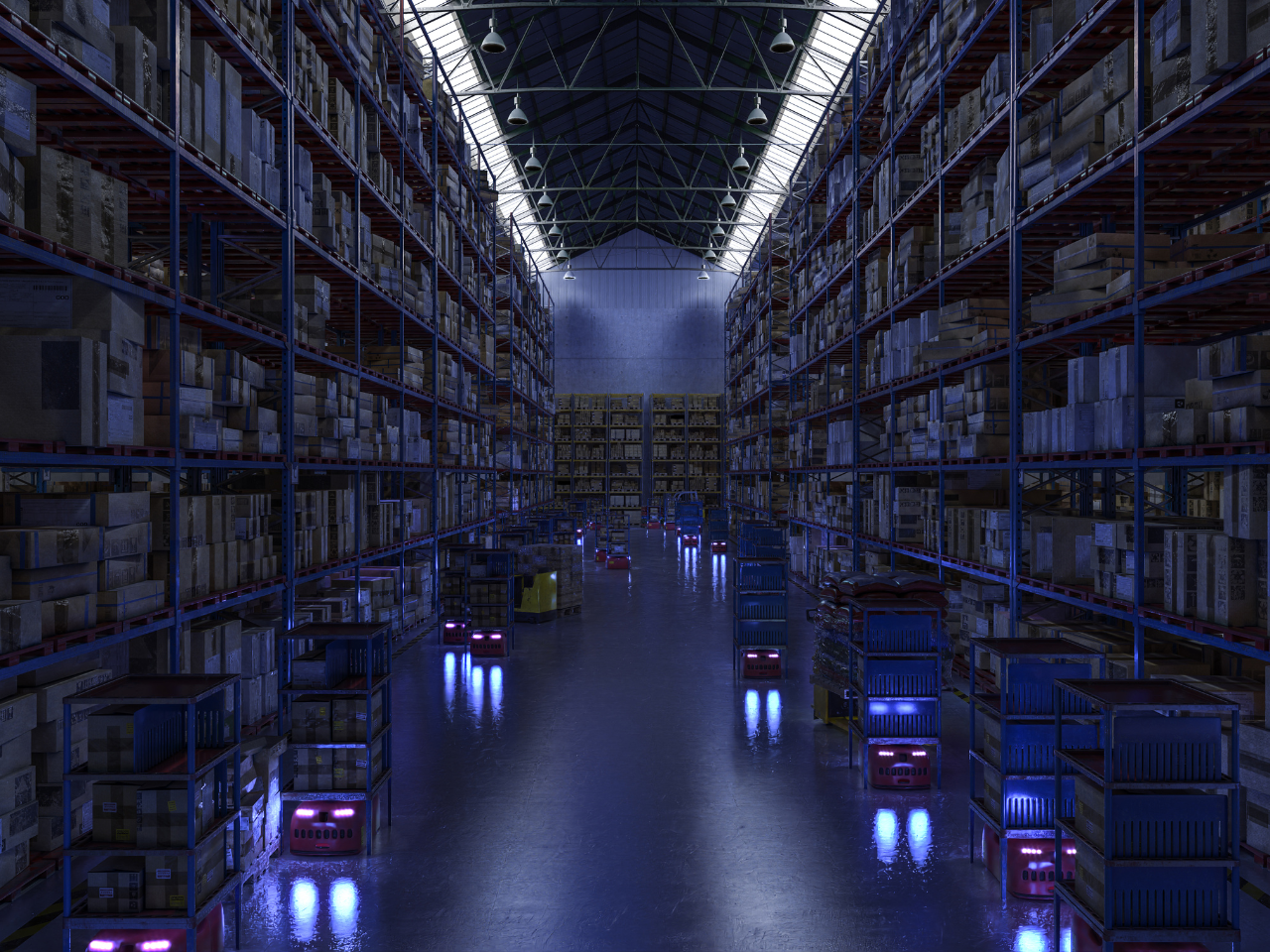
Automation is revolutionising industries across Australia, with robots playing a crucial role in manufacturing, logistics, healthcare, hospitality, and agriculture. Businesses are increasingly turning to robotic solutions to enhance productivity, reduce costs, and improve workplace safety. As AI-driven automation and autonomous robots become more advanced, the potential for growth in the Australian market is limitless.
Australia’s manufacturing sector has embraced robotic arms, automated assembly lines, and industrial automation solutions to streamline production and increase efficiency. With innovations like adaptive robotic arms and automated material handling systems, factories are now able to produce goods faster while maintaining high-quality standards.
With the rise of e-commerce, autonomous mobile robots (AMRs) are transforming warehouses and distribution centres. Robots such as the Pudu T300 and pallet-moving robots help automate inventory transport, order fulfillment, and warehouse navigation, reducing reliance on manual labour and improving accuracy.
Autonomous robots are enhancing patient care in hospitals and aged care facilities. Medical transport robots, disinfection robots, and AI-powered patient assistants are streamlining operations, improving hygiene, and supporting overworked healthcare staff.
Australia’s agriculture sector is adopting robotic automation for tasks like crop monitoring, harvesting, and food processing. Robots are helping farmers increase yield, reduce waste, and optimise resource use, ensuring sustainable farming practices.
From automated delivery robots in restaurants to AI-driven customer service assistants in retail, robots are improving customer experiences. Service robots are helping businesses manage orders, assist customers, and maintain efficiency in high-traffic environments.
✔ Labour Shortages: Robots help bridge gaps caused by workforce shortages, ensuring uninterrupted productivity.
✔ Cost Savings: Automated systems reduce operational expenses and increase ROI.
✔ Workplace Safety: Robots take on hazardous tasks, reducing workplace injuries.
✔ Enhanced Accuracy: AI-driven robots improve precision and consistency in industrial applications.
Australia has been rapidly adopting robotic automation to address challenges such as labour shortages, high operational costs, and the need for improved efficiency. Whether it's automated warehouse robots, service robots, or industrial robotic arms, businesses are leveraging cutting-edge technologies to stay ahead in competitive markets.
In the manufacturing industry, Australia has a robot density of 134 units per 10,000 workers, surpassing the European average of 123 units. This indicates a robust integration of robotics in manufacturing processes, positioning Australia competitively on the global stage.
The economic implications of embracing automation are substantial. Studies suggest that automation could potentially add up to AU$2.2 trillion to the Australian economy by 2030, significantly boosting productivity and national income. Additionally, the adoption of robotics and automation in the resources sector alone could contribute an extra AU$74 billion to the economy by 2030.
